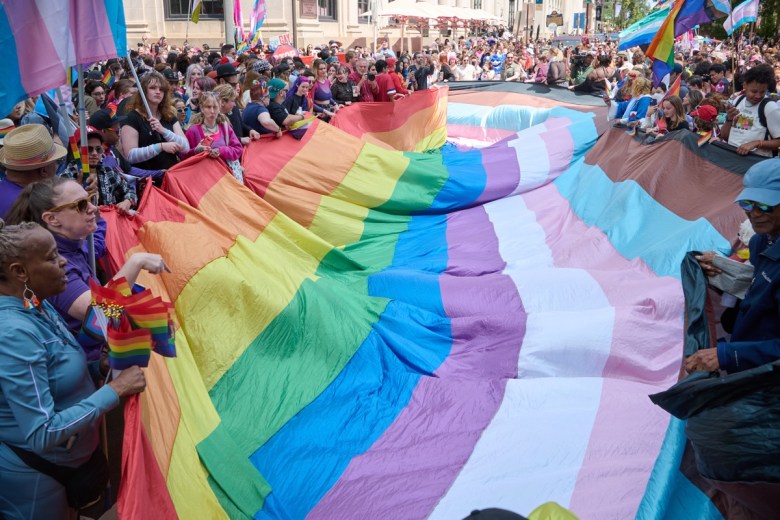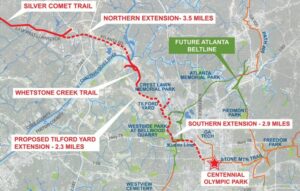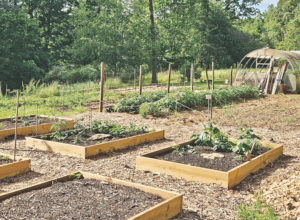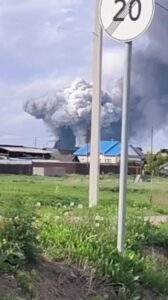The 2025 Philadelphia Pride March and Festival kicked off Pride Month with a vibrant cascade of color, and a half-mile procession through the city and its history.
Marking 50 years since Pennsylvania became the first U.S. state to protect LGBTQ+ employees from discrimination, this year’s event carried both the weight of history and the levity of celebration.
Kicking off at 10:30 a.m. Sunday at 6th and Walnut streets, the 2025 Philly Pride March carried forward the spirit and the legacy of the 1960s’ Annual Reminders. These early gay and lesbian civil rights demonstrations, held at Independence Hall every Fourth of July from 1965 to 1969, were among the first of their kind in the United States.

Though Pride is always joyful, many participants, such as Jett Steinem, of West Philadelphia, also used this day to reflect on and mark the past. Noting that the first Pride march was “essentially a funeral march,” Steinem remembered the weight of the past, and the courage of queer ancestors who enabled Steinem to celebrate openly today “with so much of my community out in the streets.”
Opening remarks by José DeMarco, of ACT UP, echoed this sentiment. DeMarco reminded participants that resistance is essential, now more than ever, and that “silence still equals death.” Gathering itself is an act of resistance, and DeMarco reminded attendees of the power of community. “We are resilient, and this is our day of joy,” he said.

Following in the footsteps in the original spirit of the picket demonstrations of the Annual Reminders, this year’s march was entirely people-powered. The vehicle-free, wheelchair- and stroller-friendly procession wove from Old City to the heart of the Gayborhood, flanked by cheering supporters waving free mini-flags handed out by volunteers at 6th and Walnut.
A 600-foot Progress Pride flag, larger than a city block and the largest in the country, rippled overhead, a living banner carried by volunteers and attendees of all ages, genders and backgrounds.

The flag was a powerful testament to the evolution of the traditional rainbow flag. Originally featuring eight stripes, the rainbow flag, widely credited to late activist Gilbert Baker, dates back to 1978. Baker’s flag was later simplified to six stripes due to pink fabric shortages and a desire for symmetry. The updated Progress Pride design expands on that legacy.
The Progress version, as described by The Human Rights Campaign, includes additional white, pink and light blue stripes to honor the transgender community, as well as black and brown stripes representing LGBTQ+ people of color. The black stripe also serves as a memorial to lives lost during the HIV/AIDS epidemic, adding a layer of remembrance to a symbol already rich with meaning.
At noon, the March shifted to the Pride Festival, beginning at 11th and Walnut streets. Its newly expanded footprint filled the blocks from Walnut to Pine streets and from Juniper to Quince streets, with six designated entertainment zones labeled Visibility, Unity, Legacy, Youth & Family, Relaxed and Sweat. The festival featured 200 attractions, with a kid-friendly area, live performances celebrating LGBTQ+ history, and dry bars for sober celebration. Local businesses celebrated as well, with longtime Gayborhood staples like Woody’s and Tavern on Camac opening their doors wide.

With organizational leadership from Philly Pride 365 and fiscal sponsorship by the Urban Affairs Coalition, Pride weekend kicked off Friday evening with a Pride Promenade at the Philadelphia Museum of Art and culminated Sunday in a sprawling and affirming festival of Philly L.U.V. — Legacy, Unity and Visibility.
Scroll through more photos below highlighting the vibrant beauty and legacy of this year’s Philly Pride March and Festival.



